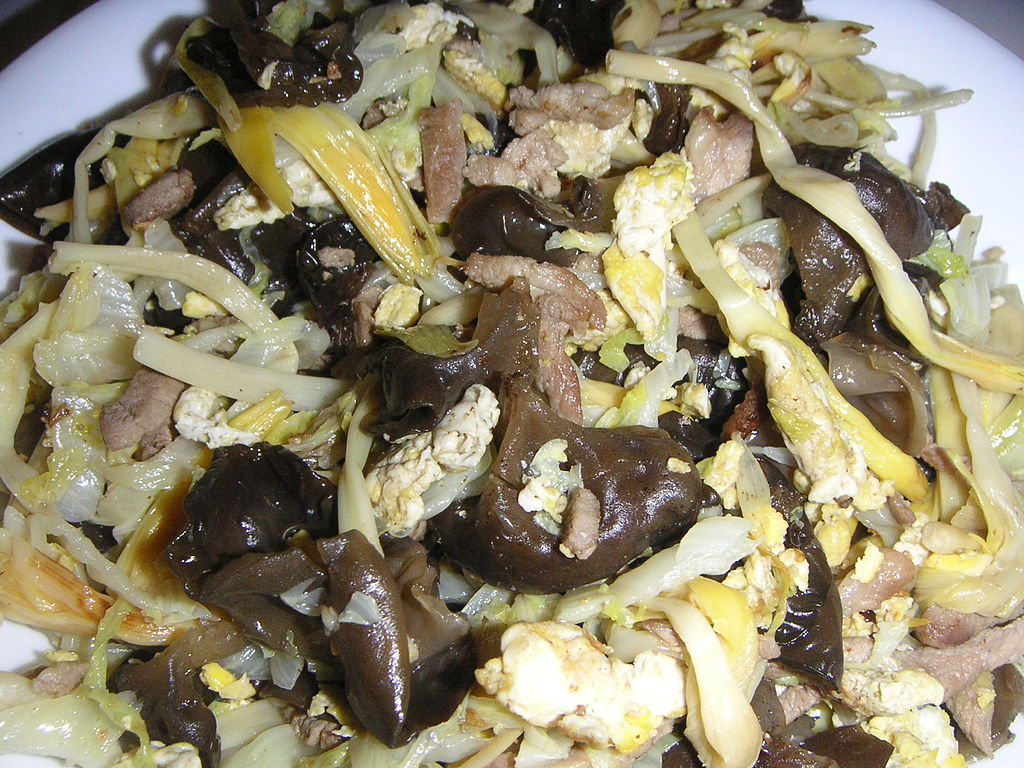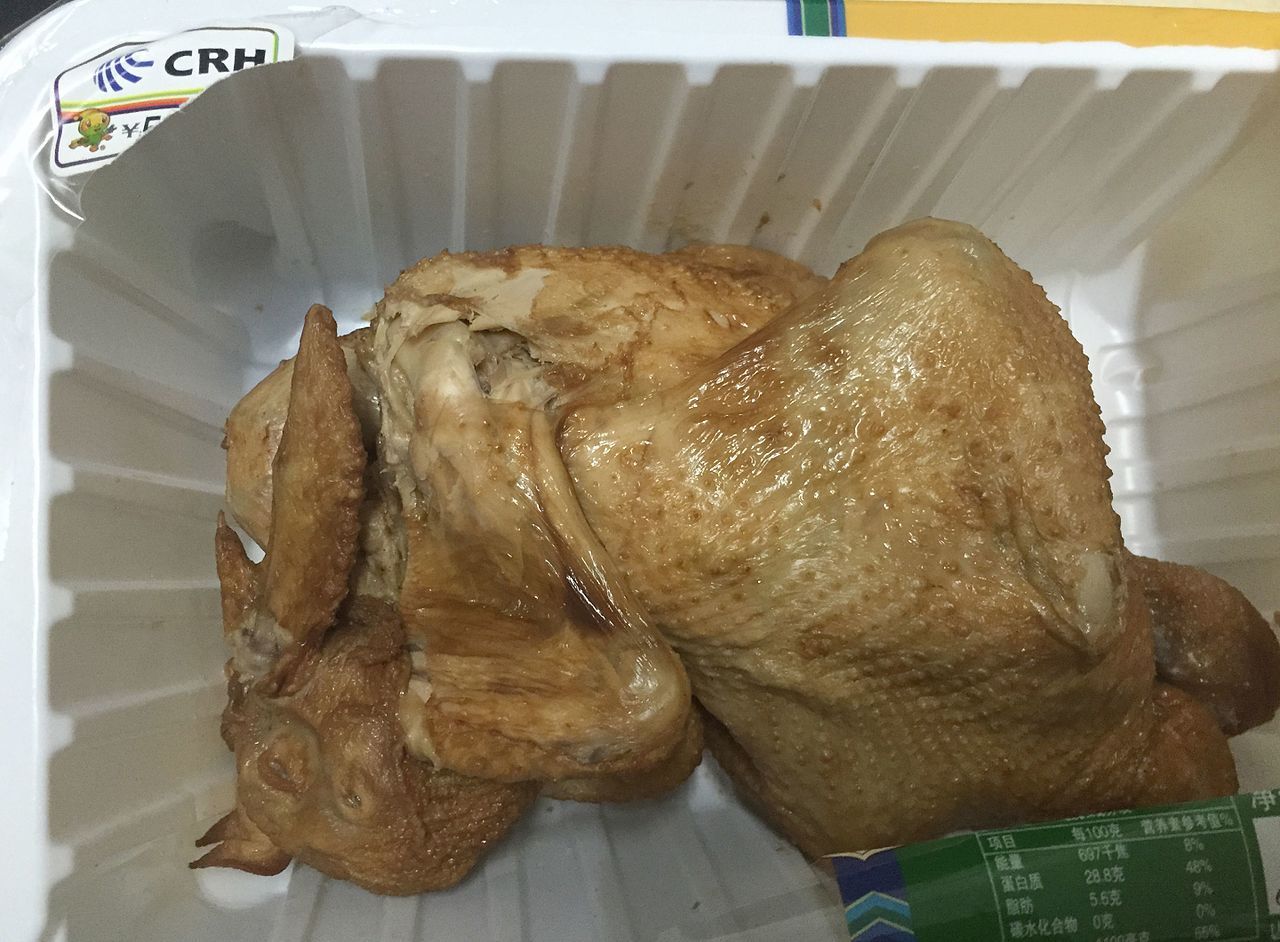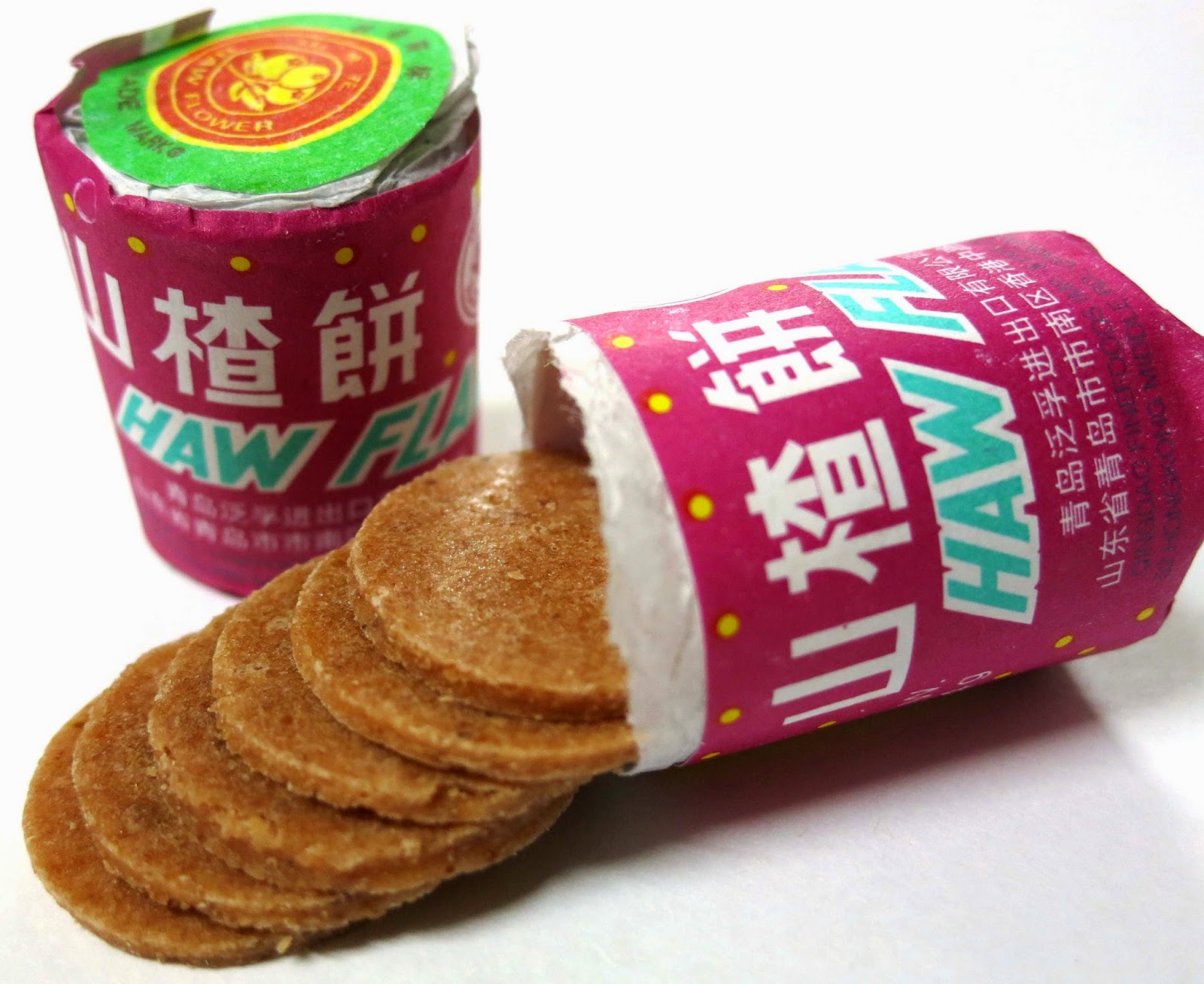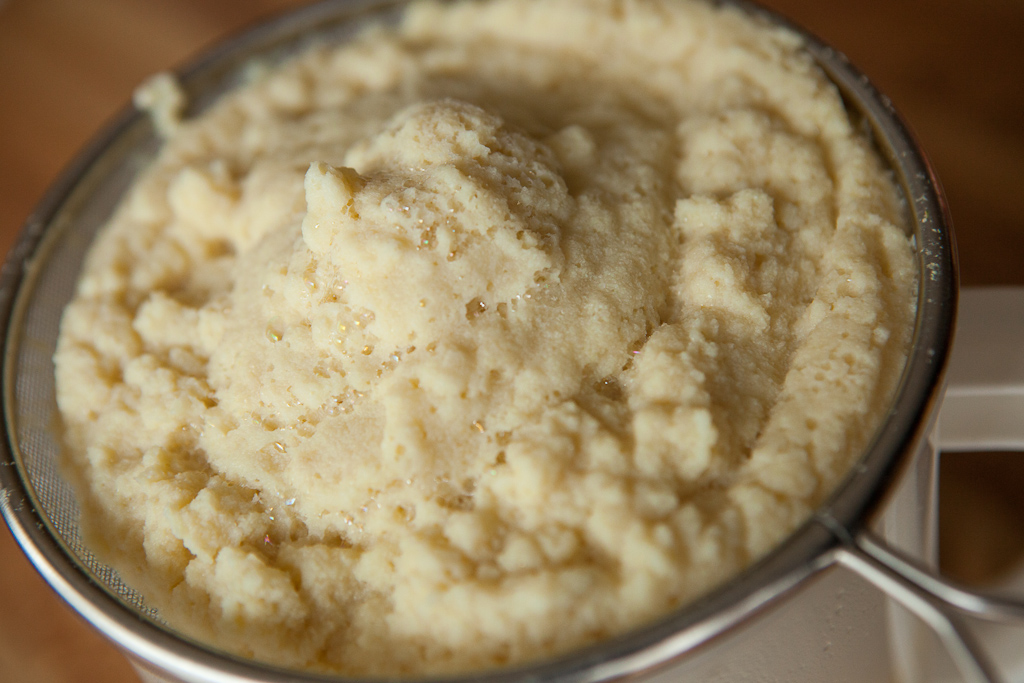Shandong Cuisine
It is derived from the native cooking style of Shandong ProvinceShandong cuisine (山东菜), more commonly known in Chinese as Lu cuisine, is one of the Eight Culinary Traditions of Chinese cuisine and one of the Four Great Traditions (四大菜系). It is derived from the native cooking style of Shandong Province, a northern coastal province of China.
Moo Shu Pork
Moo shu pork (also spelled mù xū ròu, moo shi pork, mu shu or mu xu pork) is a dish of northern Chinese origin, possibly originating from Shandong. It is believed to have first appeared on the menus of Chinese restaurants in the United States in the late 1960s,[1] and is also a staple of American Chinese cuisine.
Dezhou Braised Chicken
Dezhou braised chicken (simplified Chinese: 德州扒鸡; traditional Chinese: 德州扒雞; pinyin: Dézhōu pá jī) is a famous Chinese dish from the city of Dezhou in Shandong Province, China.
Haw Flakes
Haw flakes (Chinese: 山楂餅; pinyin: shānzhā bǐng) are Chinese sweets made from the fruit of the Chinese hawthorn. The dark pink/ purple candy is usually formed into discs two millimeters thick, and packaged in cylindrical stacks with label art resemblant of Chinese fireworks. Some Chinese people take the flakes with bitter Chinese herbal medicine.
Okara
Okara, soy pulp, or tofu dregs is a pulp consisting of insoluble parts of the soybean that remains after pureed soybeans are filtered in the production of soy milk and tofu. It is generally white or yellowish in color. It is part of the traditional cuisines of Japan, Korea, and China. Since the 20th century, it has been used in the vegetarian cuisines of Western nations.




